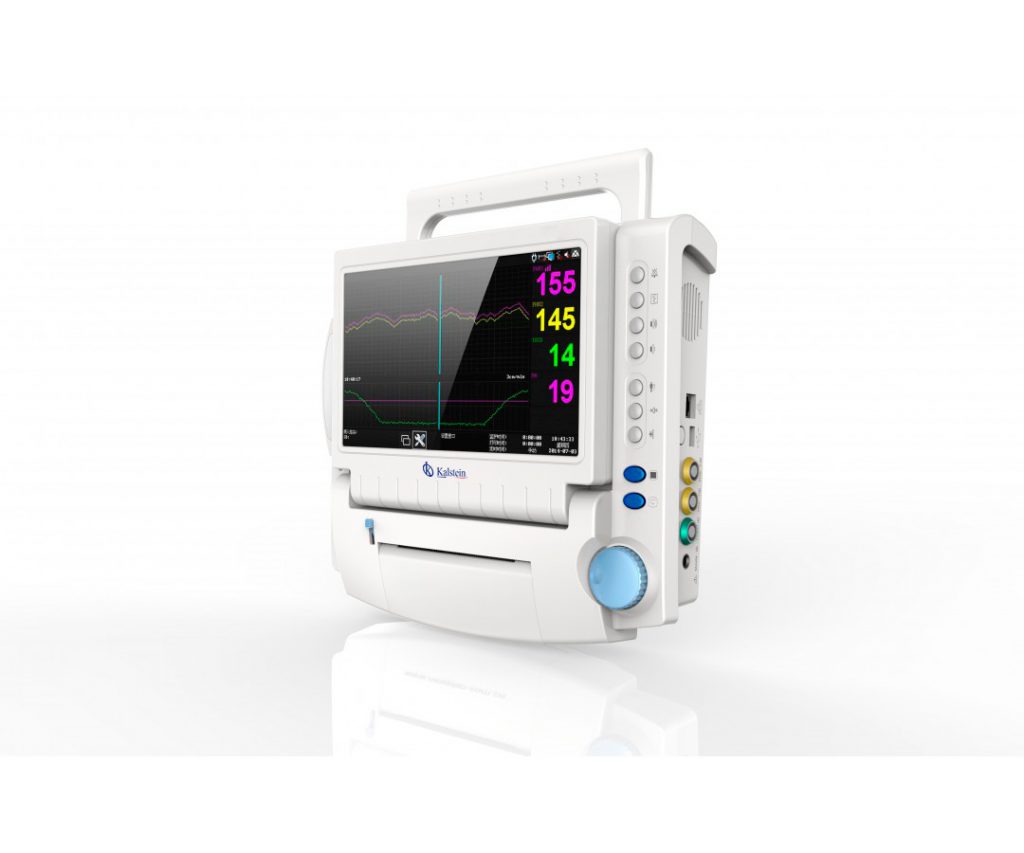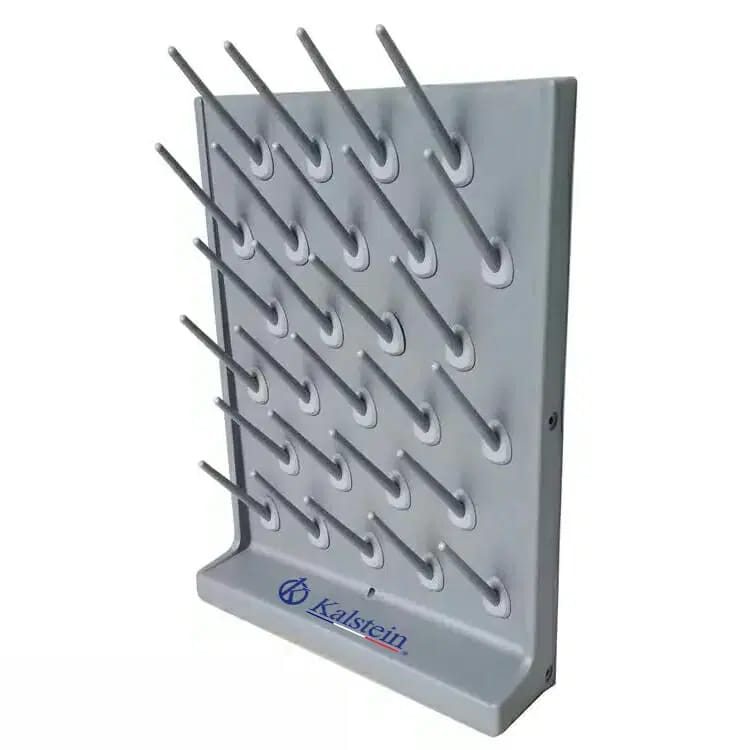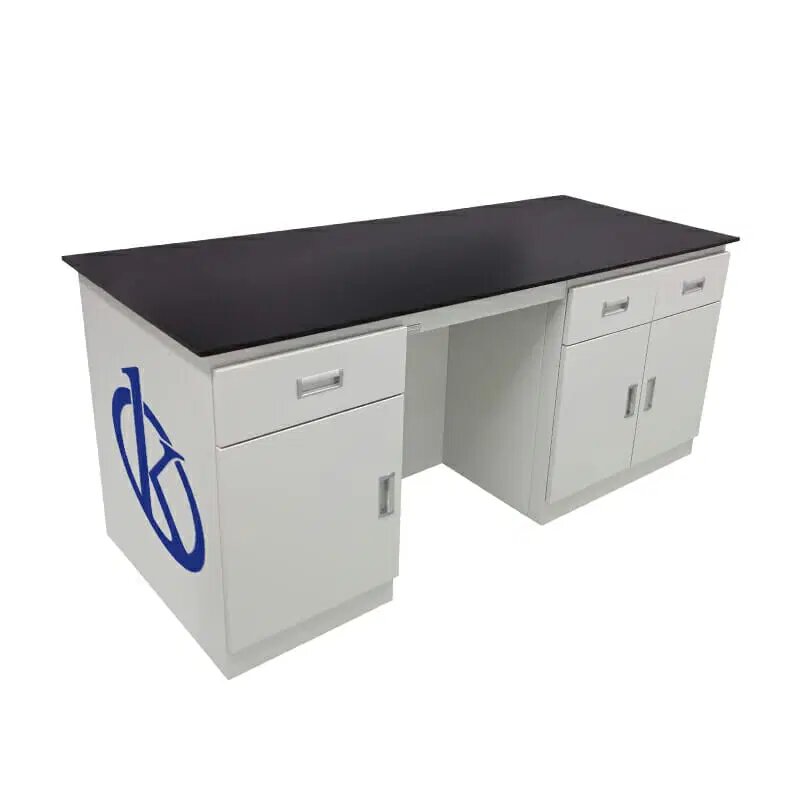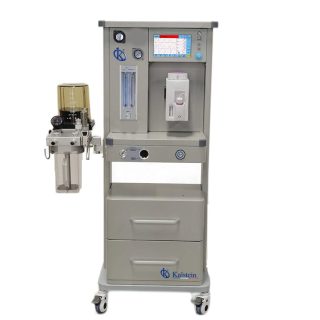The vital signs reading allows a comprehensive analysis of the physiological conditions of the patient and are reflected in a team called vital signs monitor. These equipment are used in all health centers as a multifunctional instrument, which allows real-time recording of the parameters displayed on the screen, such as electrocardiograms, non-invasive blood pressure, body temperature, oxygen saturation, among others, and which are usually taken by qualified personnel.
This equipment protects against the discharge of the defibrillator and resists the interference of the electro-surgical unit. This device, which must be connected to the patient by different cables, sends the life signals to the monitor, which are plated by curved numbers and all the numbers and curves seen through this monitor are the parameters.
Reading the Vital Signs Parameters in the Monitor
The following are the parameters that are taken into account for the registration and control of the patient’s health status, these parameters are reflected on the monitor screen, expressed in acronyms or abbreviations, among them:
- Blood pressure (BP) is recorded by the study of blood pressure when pushed against the walls of the arteries. Systolic blood pressure is taken into account, it is the force exerted by blood against the walls of your arteries when the heart contracts. The normal parameter is usually 110 – 140 mmHg. On the other hand, there is diastolic blood pressure, which on the contrary, is the tension that occurs in the arteries when the heart relaxes. The normal parameter is between 60mmHg and mean blood pressure, as your word says, is the arithmetic mean between systolic and diastolic BP. The normal parameter is 70 – 90 mmHg.
- Heart rate: These frequencies are shown on the monitor by curves that are represented by the acronym (Ipm), is the number of beats of a heart per minute. Normal value is between 60 – 100 beats per minute (lpm). There are people who have 40 bpm FC, they are usually young athletes and this bradycardia (< 60 bpm) physiology is considered normal.
- Oxygen saturation, which is reflected in the vital signs monitor as SpO2, is the percentage of hemoglobin that is saturated with oxygen with respect to total blood hemoglobin.
There are other vital parameters, which you can connect and view through the monitor, which are also important and are as follows:
- Temperature, is an indicator that evaluates the thermal regulation of the organism. The normal body temperature is 36°C.
- Capnography, read as etCO2, and refers to the concentration of CO2 (carbon dioxide) of exhaled (expired) air. It is a value used to know about the ventilation of the alveoli. Normal values for CO2 blood pressure (PaCO2) are between 35 – 45 mmHg.
- Central venous pressure, corresponding to the acronym PVC (Central Venous Pressure), is measured through the tip of a catheter located near the right atrium of the heart. Normal values are between 6 – 12 cm H2O, and on the monitor are reflected blue.
- Respiratory frequency, these are read on the monitor with the abbreviation (rpm) and represent the number of times in minutes that the patient breathes and depending on whether the patient is at rest or in a state of stress may increase or decrease the rpm.
- Intracranial pressure, (ICP) for its acronym in English. Detects pressure inside the skull, usually PCI should be maintained < 20 mmHg.
All these parameters that have just been described can be removed or put on the monitor according to the patient’s pathology.
Vital Signs monitors brand Kalstein
At Kalstein we offer you the most advanced technology in medical equipment that only you can find, we offer you a range of YR series monitors capable of measuring the vital signs of patients, manufactured with 8.4 inch touch screen; embedded handle, able to use the module, lightweight 1.6 kg, battery life approximately for 5 hours, with a unique fan-free design which ensures low noise levels and multiple interfaces for different departments.
Check our catalog at HERE




